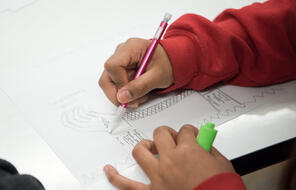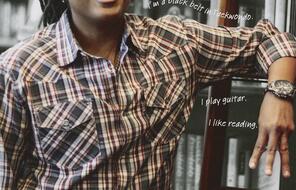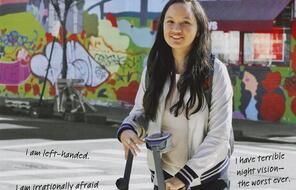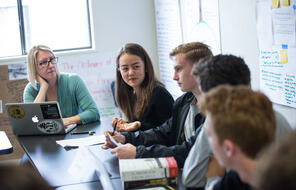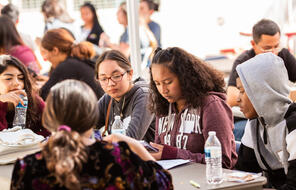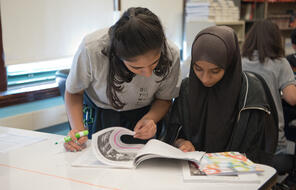Stories of Identity and Belonging
At a Glance
Language
English — USSubject
- English & Language Arts
Grade
8–10Duration
Two 50-min class periods- Culture & Identity
Overview
About This Lesson
In this lesson, students deepen their exploration of the interplay between personal and social identity. They read and discuss a collection of narrative essays, written by four young people, who reflect on the ways in which their identities have been shaped by their beliefs about themselves, others’ perceptions of them, and messages they receive from society at large.
Taken together, these personal stories, along with the other texts in this text set, help students recognize that identity development is a complex, ongoing process, and while it can be difficult and requires courage, there is power and agency in knowing and sharing their stories with others.
Preparing to Teach
A Note to Teachers
Before teaching this lesson, please review the following information to help guide your preparation process.
Lesson Plans
Activities
Materials and Downloads
Quick Downloads
Download the Files
Download allGet Files Via Google
Stories of Identity and Belonging
Why Identity Matters
Cultivating Identity Literacy
Unlimited Access to Learning. More Added Every Month.
Facing History & Ourselves is designed for educators who want to help students explore identity, think critically, grow emotionally, act ethically, and participate in civic life. It’s hard work, so we’ve developed some go-to professional learning opportunities to help you along the way.
Exploring ELA Text Selection with Julia Torres
On-Demand

Working for Justice, Equity and Civic Agency in Our Schools: A Conversation with Clint Smith
On-Demand

Centering Student Voices to Build Community and Agency
On-Demand


